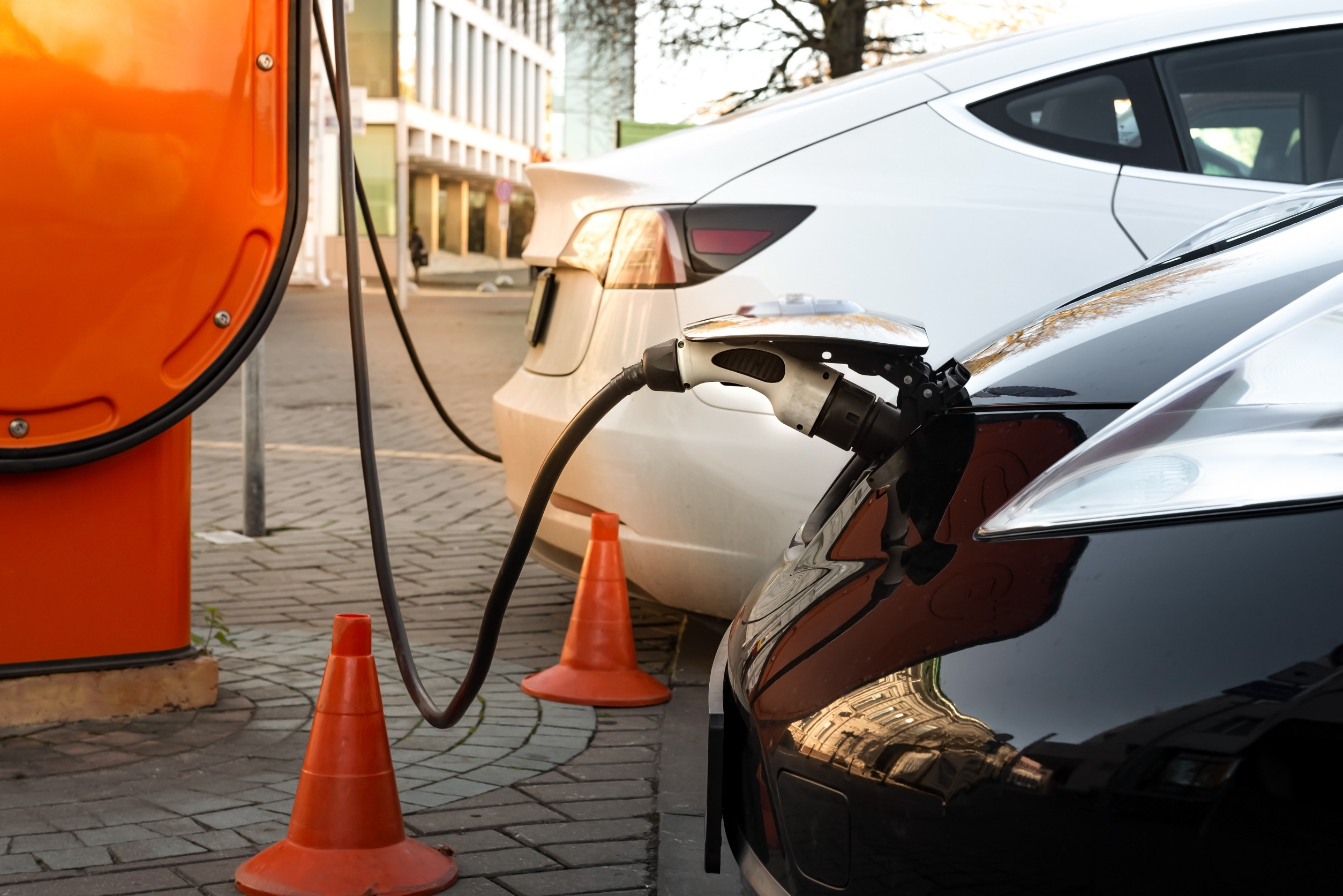Nearly 13,000 striking UAW autoworkers at three plants in Michigan, Ohio, and Missouri can blame their big free-spending government electric vehicle-obsessed political pals for much of their current job-killing, wage deflation misery.
When their industry is forced to produce electric vehicles (EVs) that require less labor to build yet cost more due to reliance on expensive imported materials, are impractical for most drivers’ needs, and rely on profits from other vehicles that people like, which are being regulated out of business, they should expect no less.
The same goes for those of us who are accustomed to the luxury and privilege of purchasing the exact sorts of vehicles we like and can afford, count on them getting us wherever we wish to go in all sorts of weather, and rely on when winter storms shut down power or escalating electricity bills caused by anti-fossil policies drain household and business budgets.
As for benefits in any of this to changing the weather or saving the planet, don’t count on them either.
The only real winners will be adversarial countries that sell us the rare earth materials needed for those EV batteries, windmills, and solar panels without worries about environmental safeguards or strikes by slave laborers as they continue to drill oil and construct coal plants with impunity.
Nevertheless, U.S. autoworkers who must compete with them are caught in the middle between destructive, inflationary Democratic energy and anti-free market policies and a money-losing EV industry that must increasingly downsize its labor force costs to survive.
Whereas the Biden administration, with its collaborators in California and other “progressive” states, is mandating that EVs comprise two-thirds of automaker sales by 2032 — up from fewer than 3% now, this growth can only be achieved on the back of profits from selling popular gasoline vehicles including pickups and SUVs in combination with enormous taxpayer subsidies.
Although Ford CEO James Farley bluntly asserted that EVs require 40% less labor to produce than traditional cars, his company lost nearly $60,000 on each it sold during the first quarter of this year.
Having far fewer parts, higher EV production and sales costs are primarily associated with dependence upon massive amounts of rare earth battery materials mined and processed in China and the Congo.
Meanwhile, battery packs, the most labor-intensive EV components, mostly come from Asia, where workers are paid far below U.S. union scale.
Battery cell factories under construction in Kentucky and Tennessee and co-owned by Ford and Korea’s SK are hiring workers for $21-$29 per hour, compared with $28-$35 union workers earn making engines and transmissions at Ford’s existing plants.
A GM battery plant co-owned by another Korean company, LG Energy Solution, opened in Ohio in 2022 with a starting wage of $16.50 an hour and a promised rise to $20 after seven years.
Overall, under current U.S. union contracts, hourly labor costs average about $65, including benefits, compared with Tesla’s $45 and $55 for Asian automakers.
Ford reportedly paid out $1.2 billion in benefits last year, largely costs associated with retirement pensions and medical care.
According to CEO Farley, UAW’s recent contract demands, including a four-day work week, would more than double his company’s union-related labor costs and drive it into bankruptcy.
Autoworkers deserve fair compensation that at least keeps pace with rising inflation, which has been exacerbated by free-spending Democratic Party excesses.
Nor can the country afford to allow strikes and layoffs to shut down a major part of its labor force and national economy, whereby disruptions will also reverberate throughout thousands of parts suppliers that employ hundreds of thousands of workers.
And all for no public or environmental advantages whereby even the Department of Transportation admits that net social-economic benefits of its newly proposed fuel standards for EV passenger cars will “remain negative across alternatives.”
After factoring in a 2% increase in mandated requirements each year with an estimated $5.8 billion reduction in public welfare spread across the life of total drivers’ cars — including wildly speculative climate change benefits — net costs of transportation “alternatives” proposed by DOT are estimated at very nearly twice that amount ($11 billion).
Another revelation is that even by DOT’s estimates, the proposed legislation would reduce average global temperatures in 2060 by 0.000%.
Also, forgo any illusions that, according to Kelley Blue Book, paying an average of $11,000 more to buy an EV than a full-sized gas-powered car and nearly $30,000 more than the average compact will be made up in net mileage efficiency advantages as energy costs increase due to the Democratic Party war on fossil energy.
And don’t expect those EVs to get any cheaper as battery costs increase in concert with global demands for nickel — a primary component of lithium-ion cathodes — having already about doubled over the past six years from $10,336 per metric ton in August 2016 to $21,091 in July.
There’s also little reason to wonder why most EV owners are wealthy enough to pay more to purchase them as second household cars, put about half as many miles on them as the average driver, and retain a petroleum-fueled model for long highway trips that require reliable access to rapid refueling along the way.
But hey, if you want one and can afford it — but only then — buy one.
It’s the American way.
